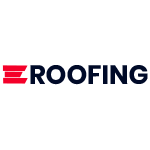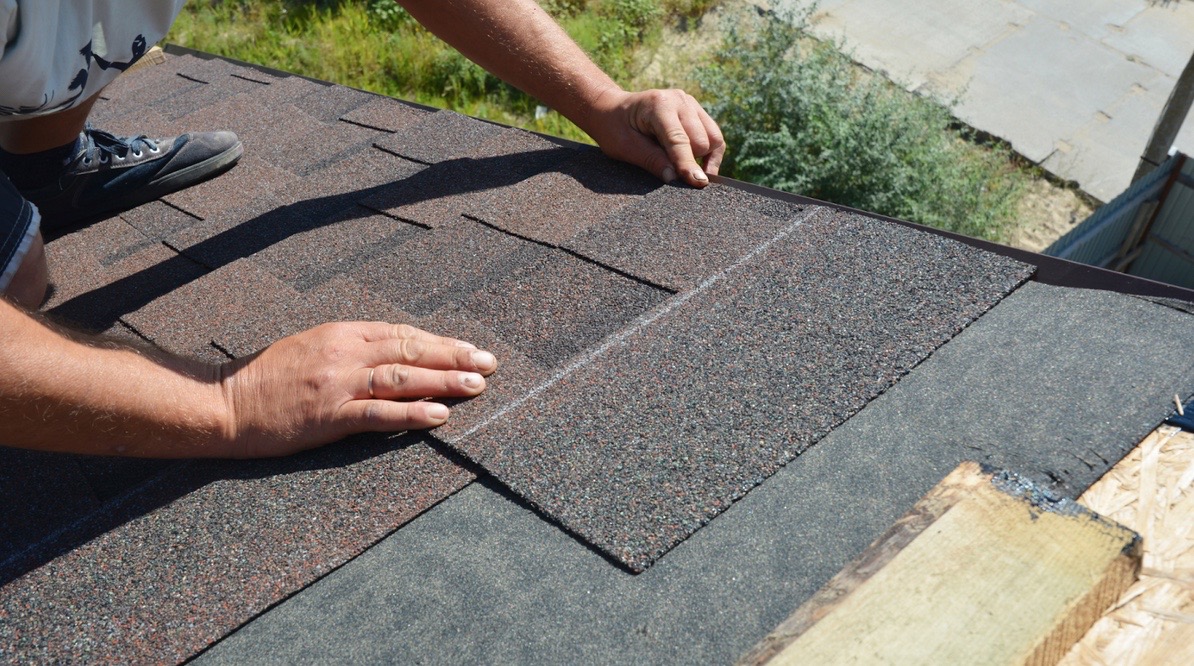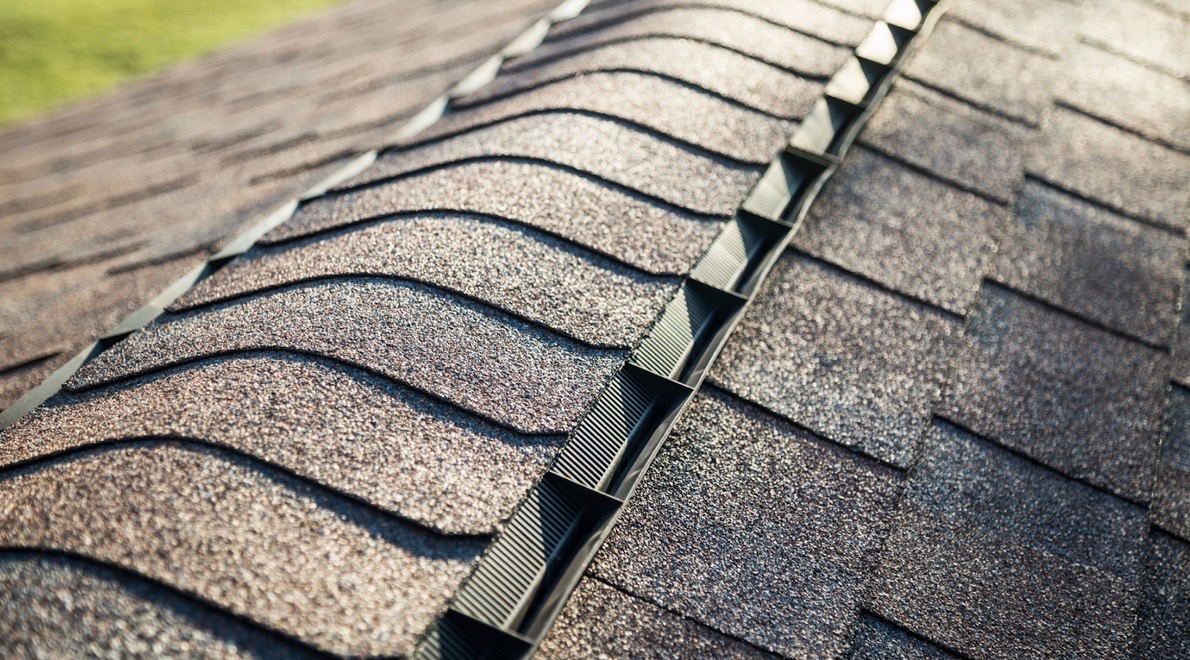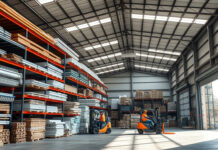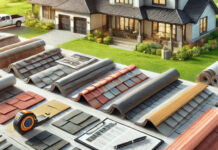When you think about your home’s roof, you probably imagine its role in keeping you dry during a storm or providing shade on a scorching summer day. But did you know that your roof can also play a crucial part in the quality of the air you breathe indoors?
Welcome to our deep dive into the often-overlooked impact of roofing on indoor air quality. In this article, we’ll uncover the surprising ways your roof can influence the health and comfort of your living space.
Whether you’re a homeowner planning a renovation or simply curious about creating a healthier home environment, this guide is for you. Let’s explore how the right roofing choices can make a world of difference for the air inside your home.
Why is indoor air quality essential?
Indoor air quality was once in the background, with security at the forefront of property owner concerns. Here’s why it’s vital:
- Preventing Health Issues: Research shows that properties with poor air quality can pose risks to inhabitants, including respiratory issues and even fatalities (PubMed). Studies suggest there might also be links to cancer.
- Productivity: Businesses might notice less productivity when the air quality is poor. This also applies to people who work from home.
- Risk Groups: Seniors, children, and those with pre-existing conditions are more likely to suffer complications associated with poor air quality.
- Energy Efficiency: Poor ventilation is a significant contributor to air quality. Households experiencing issues might rely on fans and air conditioners more, which increases their bills.
Now that we’ve discussed the importance of indoor air quality, it’s time to explore how it relates to your roofing system.
Roofing materials
Material choices are among your most important decisions when installing a new roof. Are you combining affordability with quality, or do you want to make a style statement?
Some roofing materials are more likely to impact air quality than others.
Asphalt
Asphalt is still a go-to option for homeowners due to its durability and affordability. However, its main drawback is the potential to release VOCs (volatile organic compounds), which can lead to emissions during high temperatures.
However, newer asphalt materials are more eco-friendly and less likely to impact air quality, making them the safer option.
Metal
Metal roofs are gaining popularity due to their energy efficiency and ability to control climates. Properties in warmer climates particularly benefit from metal roofs, as they reduce heat.
Metal roofs are more expensive to install, but the trade-off is their longevity, as they’ll last for decades.
Green roofs
If air quality is your primary concern, consider installing a green roof. These unique systems are covered with greenery, such as grass and plants, reducing off-gassing risks and promoting air quality.
A green roof will remove pollutants from the air, protecting your home. However, they’re more complex to install, so you’ll need a highly experienced professional service.
Roofing components that define air quality
Aside from the materials, you’ll also need to consider whether your roofing components are either helping or hindering air quality. While some are beneficial, others might support your roof in other ways but contain VOCs.
Coatings
Reflective coatings are ideal for reducing heat absorption as they reflect sunlight. However, some coatings contain pollutants that can omit gases. Ensure you choose roof coatings with low or no VOCs, which are more environmentally friendly.
Ventilation
Roofs without ventilation are breeding grounds for mould and mildew. Installing roof vents is integral to preventing moisture from escaping into your property and protecting the health of inhabitants.
If you live in a high-moisture environment, attic fans enhance air circulation.
Insulation
Insulation ensures your property retains consistent temperatures and reduces your reliance on energy bills. However, insulation can contain pollutants, including spray foam, which is highly popular.
While most forms of insulation contain some VOCs, seeking support from a professional service reduces the risks of compromising air quality.
Installation and maintenance
How your roof is installed can impact its ability to circulate air and preserve indoor quality. For example, a service that doesn’t take adequate safety measures might use products that contain a lot of VOCs.
Clean-up is also important, as leaving dust and debris behind from old materials can compromise safety. Asbestos is still a threat in older properties, causing severe lung conditions that often result in fatalities.
Check to see if the roofing service is reputable and look at reviews. You can also ask them about safety measures and how they handle certain chemicals.
Maintenance tips for optimal air quality:
- Perform Regular Inspections: Roofs are built to withstand heavy winds and excess rainfall, but that doesn’t mean they’re invincible. Small cracks and gaps can form, increasing the risks of leaks. Regular inspections ensure you identify issues before they worsen.
- Maintain Flashings: Lead flashing seals the joints between roof components such as chimneys and windows. Over time, the flashing can degrade and replacing it is central to preventing leaks.
- Check For Mould: Moisture and mould are a match made in heaven; even the slightest leak can lead to multiplying spores. Check for visible signs of mould and pay attention to musty odours. You might not see mould, but that doesn’t mean it’s not lurking somewhere.
- Clean Your Gutters: Gutters play intrinsic roles in diverting water away from the roof. However, they can also experience blockages from leaves and other debris, compromising their ability to reduce water damage.
- Make Minor Repairs: Any issues with the gutters and other roofing components require repairs immediately. Taking instant action instead of leaving the problems to worsen protects your home and ensures minimal damage to the air quality.
The bottom line
Roofing will continue to play a definitive role in indoor air quality despite being overlooked. From your main roofing materials to the installation process and maintenance schedule, understanding how roofs and air quality correlate will make your home or office more comfortable.
You can enhance indoor air quality by selecting appropriate materials and following the tips in this guide.
In the future, we can expect to see technological advances that reduce VOCs in roofing materials and make innovations like green roofs more affordable.
If you’re looking for high-quality roofing materials at great prices, E-Roofing won’t disappoint. We pride ourselves on offering customers speedy UK delivery and access to reputable manufacturers.
Shop today, and don’t hesitate to contact us if you require support.
